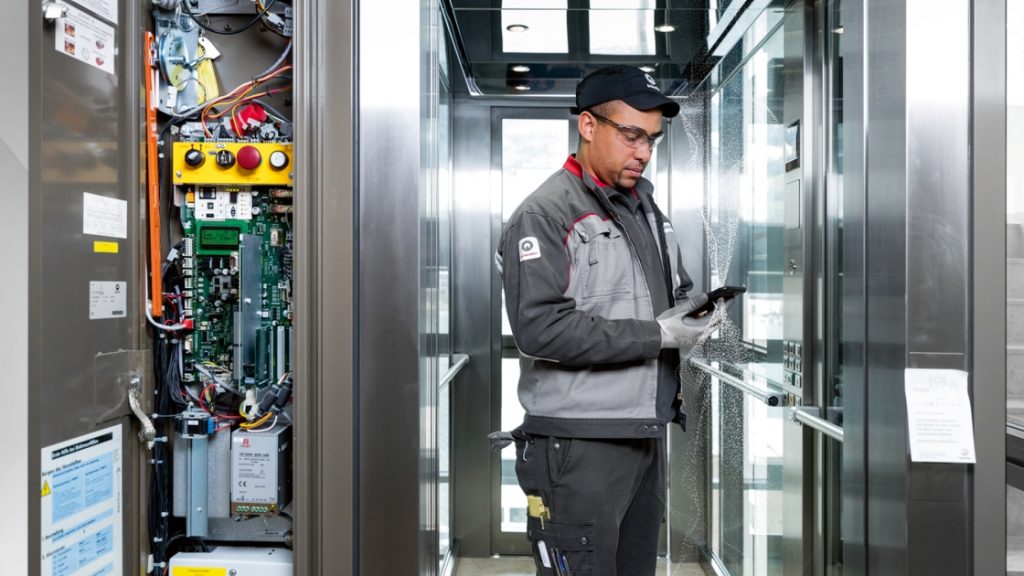A well-crafted elevator pitch is a concise and compelling summary of a business or project that can be delivered in the time it takes to ride an elevator. It serves as a powerful tool for entrepreneurs, sales professionals, job seekers, and anyone looking to make a strong first impression and capture the attention of their audience. To create an effective elevator pitch, several key elements should be considered.
Clear and Concise Message: The best elevator pitches communicate a clear and concise message. They avoid jargon, technical terms, and unnecessary details. The goal is to convey the essence of your business or idea in a simple and understandable manner. Focus on the core value proposition and what makes your offering unique.
Compelling Hook: A strong elevator pitch grabs the listener’s attention from the start. Begin with a compelling hook or a thought-provoking question that piques their interest. For example, did you know that 80% of businesses fail within the first year? Our company helps entrepreneurs beat the odds and achieve lasting success.
Unique Value Proposition: Clearly articulate the unique value proposition of your product, service, or idea. Highlight the benefits and advantages it offers to the target audience. Differentiate yourself from competitors and explain why your solution is superior. Use specific examples or success stories to illustrate the impact of your offering.

Targeted Audience: Tailor your elevator pitch to the specific needs and interests of your target audience. Understand their pain points, desires, and challenges, and position your pitch to address those effectively. This demonstrates that you have a deep understanding of their problems and how your solution can solve them.
Memorable Storytelling: Weaving a memorable story into your elevator pitch can make it more engaging and relatable. Use storytelling techniques to illustrate the problem you are solving, the journey you have taken, or the vision you have for the future. Stories create an emotional connection and help people remember your pitch long after it is delivered.
Call to Action: A strong elevator pitch should include a clear call to action. After presenting your value proposition, guide the listener on the next steps they should take. Whether it is scheduling a meeting, signing up for a trial, or sharing your contact information, makes it easy for them to take action and continue the conversation.
Practice and Refinement: The best elevator pitches are the result of practice and refinement. Take the time to rehearse your pitch until it feels natural and conversational. Pay attention to your delivery, tone, and body language. Seek feedback from others and make adjustments based on their input.
Flexibility and Adaptability: While it is important to have a well-prepared elevator pitch, be flexible and adaptable in different situations. Tailor your pitch based on the context and the person you are speaking to. Customize the length, language, and examples to resonate with your audience. Being able to adjust on the fly shows versatility and professionalism.
In conclusion, the best elements of lift parts pitch include a clear and concise message, a compelling hook, a unique value proposition, a targeted audience focus, memorable storytelling, a call to action, practice and refinement, and flexibility. By incorporating these elements into your pitch, you can effectively convey your message, capture attention, and leave a lasting impression on your listeners.

